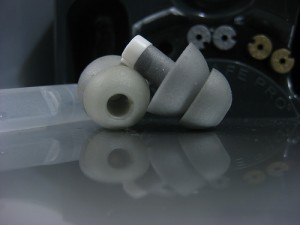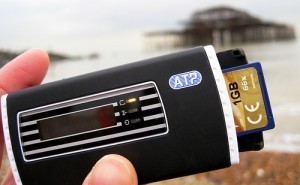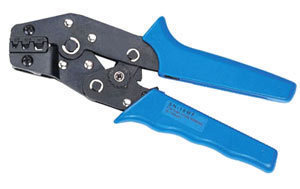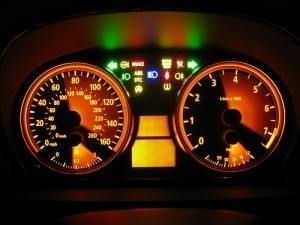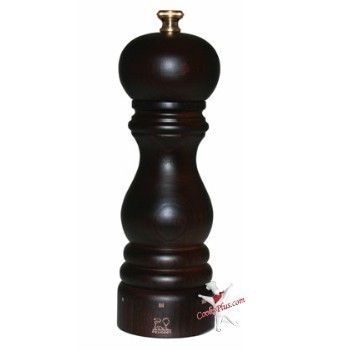Electrical Measurements
Electrical measurements can be defined in many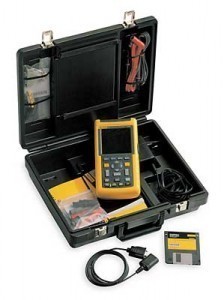 ways, but most of it involves gauging the current or the voltage. This is true even if you try to determine the frequency, because you must still be aware of the voltage or the current.
ways, but most of it involves gauging the current or the voltage. This is true even if you try to determine the frequency, because you must still be aware of the voltage or the current.
Digital Multimeter
The digital multimeter or DMM is the instrument used to measure voltage or currents. Most DMMs can also gauge the resistance and voltage signal frequency. The DMM terminals will be marked red for the positive and black for the negative. In other instances, the polarity will be set down on the terminals.
Electrical Measurements: the Voltage
Voltage is usually measured using a voltmeter, but the DMM can also provide information about it. Another instrument that can measure voltage include the oscilloscope. Whichever instrument you use for measuring voltage, don’t forget it is an across variable.
You must link the voltmeter onto the two circuit points where you want to measure. Depending on where the lead is linked to the terminal the measurement will be either positive or negative.
When measuring voltage, ensure the voltmeter doesn’t disturb the circuit you are gauging. The current should be near zero as much as possible.
Electrical Measurements: the Current
To determine the current, you must use an ammeter. Keep in mind that the current is a flow variable and goes through electrical elements. An ammeter works by making the current flow to it. As with voltage measurements, you must pay attention to the polarity. Also, the ammeter should not disturb the circuit. The ammeter resistance should be zero.
How to Assess an Electrical Outlet with a DMM
Get the DMM and place it at the AC setting. The AC setting indicator on most DMMs is a wavy line close to the button. In some cases it is written on the DMM. Select the max voltage setting.
If the voltage is 120 V, the max voltage setting will be 200 or up to 600 V. Put the probes of the electrical measurement device in the outlet. The results should be 108 to 120 V. Remove the DMM.
Other Measuring Devices
An ohmmeter is used to measure the electrical conductance and the resistance. The ohmmeter can also measure electrical susceptance and reactance. The electrical charge, on the other hand, is measured by using an electrometer.
The Hall sensor is used to measure the magnetic field. An electric meter is used to gauge electrical power while a network analyzer is used to measure the S-matrix. A spectrum analyzer determines the electrical power spectrum.
Warnings
Be careful when measuring voltage, currents or any electrical component. Make sure the device you are using is set to the appropriate settings. Do not perform any tests on wet or severely damaged outlets.
If during the course of your measuring you find the outlet is damaged, hire a professional electrician to repair it. Do not repair electrical components unless you are sure of what you are doing.
Although many types of electrical measurements exist, there are now many devices that can gauge them. Make sure you follow the instructions to get the right measurements.
